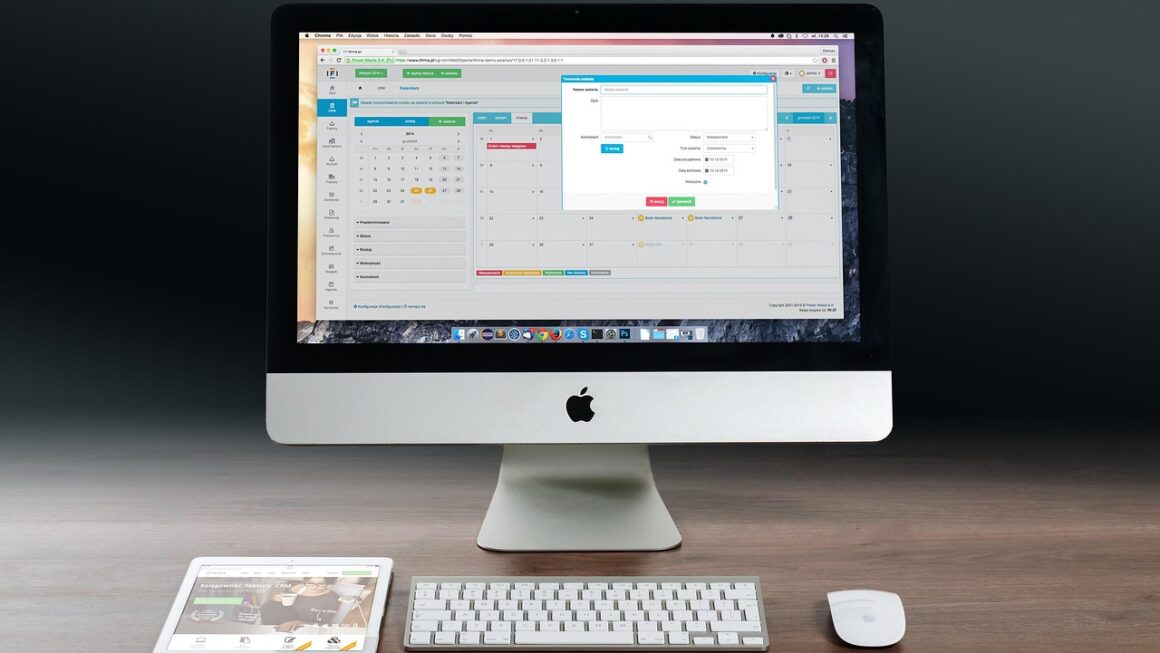The rise of remote work has fundamentally reshaped the modern workplace, offering unparalleled flexibility and opportunities for both employees and employers. However, effectively managing a remote team requires a distinct set of skills and strategies compared to traditional office environments. Successful remote team management hinges on clear communication, robust technology, and a culture of trust and accountability. This guide provides a comprehensive overview of key principles and actionable tips to help you master the art of leading a thriving remote team.
Building a Strong Foundation: Communication and Collaboration
Effective communication is the cornerstone of any successful team, but it’s especially critical in remote settings. Lack of face-to-face interaction can lead to misunderstandings and a sense of isolation if communication isn’t prioritized and managed proactively.
Establishing Clear Communication Channels
- Define primary communication tools: Decide on the best platforms for different types of communication. For example:
Instant messaging (Slack, Microsoft Teams): For quick questions, real-time updates, and casual team interactions.
Example: Use dedicated channels for project discussions, general team announcements, and social connections.
Email: For formal communication, sharing documents, and external correspondence.
Example: Use clear subject lines and concise language to ensure messages are easily understood and acted upon.
Video conferencing (Zoom, Google Meet): For team meetings, brainstorming sessions, and one-on-one check-ins.
Example: Encourage everyone to turn on their cameras during meetings to foster a sense of connection and engagement.
Project Management Software (Asana, Trello, Jira): For task assignment, progress tracking, and collaborative project management.
Example: Use project management software to assign tasks, set deadlines, and track progress, ensuring everyone is on the same page.
- Set communication guidelines: Establish clear expectations for response times, communication styles, and preferred methods of communication.
Example: “All messages should be responded to within 2 hours during business hours” or “Use email for urgent matters.”
- Encourage asynchronous communication: Utilize tools like shared documents and project management platforms to allow team members to work at their own pace and contribute when it’s convenient for them.
Example: Use Google Docs for collaborative document creation, allowing team members to edit and provide feedback at their convenience.
Fostering Collaboration and Teamwork
- Virtual team-building activities: Organize regular virtual events to promote team bonding and camaraderie.
Example: Host virtual coffee breaks, online games, or virtual happy hours to create opportunities for informal interaction and connection.
- Collaborative project management tools: Use project management software to facilitate teamwork and ensure everyone is aligned on goals and objectives.
Example: Utilize features like shared calendars, task dependencies, and progress reports to keep projects on track and foster collaboration.
- Encourage knowledge sharing: Create a culture of knowledge sharing and collaboration by encouraging team members to share their expertise and insights.
Example: Implement a knowledge base or wiki where team members can document best practices, share resources, and answer frequently asked questions.
Mastering Remote Performance Management
Managing performance in a remote environment requires a shift from traditional observation-based management to a focus on outcomes and results.
Setting Clear Goals and Expectations
- Define SMART goals: Ensure goals are Specific, Measurable, Achievable, Relevant, and Time-bound.
Example: Instead of “Improve customer satisfaction,” set a goal like “Increase customer satisfaction scores by 10% by the end of Q3.”
- Establish clear key performance indicators (KPIs): Define metrics to track progress and measure success.
Example: For a sales team, KPIs might include the number of leads generated, the conversion rate, and the average deal size.
- Regular performance reviews: Conduct regular performance reviews to provide feedback, discuss progress, and identify areas for improvement.
Example: Schedule quarterly or bi-annual performance reviews to discuss individual goals, provide constructive feedback, and identify opportunities for professional development.
Tracking Progress and Providing Feedback
- Utilize project management tools: Use project management software to monitor progress, track deadlines, and identify potential roadblocks.
Example: Regularly review project timelines and task statuses to ensure projects are on track and identify any potential delays.
- Regular check-ins: Schedule regular one-on-one meetings with team members to provide support, address concerns, and offer feedback.
Example: Use one-on-one meetings to discuss individual goals, provide coaching and mentorship, and address any challenges or concerns.
- Provide constructive feedback: Offer timely, specific, and actionable feedback to help team members improve their performance.
Example: “Your presentation was well-researched, but you could improve your delivery by practicing your speaking skills.”
Cultivating a Positive Remote Team Culture
A strong team culture is essential for fostering engagement, motivation, and a sense of belonging, especially in remote environments where social interaction is limited.
Promoting Trust and Autonomy
- Empower team members: Give team members the autonomy to manage their time and workload effectively.
Example: Allow team members to set their own schedules and work from locations that are most conducive to their productivity.
- Foster trust: Create a culture of trust and mutual respect by empowering team members to make decisions and take ownership of their work.
Example: Delegate responsibilities and trust team members to complete tasks independently, providing support and guidance as needed.
- Encourage transparency: Be transparent about company goals, decisions, and challenges to build trust and foster a sense of ownership.
Example: Share regular updates on company performance, explain the rationale behind important decisions, and solicit feedback from team members.
Recognizing and Rewarding Achievements
- Public recognition: Celebrate individual and team accomplishments publicly to boost morale and motivation.
Example: Acknowledge outstanding performance during team meetings, send out company-wide emails, or create a “employee of the month” program.
- Provide opportunities for professional development: Invest in training and development opportunities to help team members grow and advance their careers.
Example: Offer online courses, workshops, or conferences to help team members develop new skills and stay up-to-date on industry trends.
- Offer competitive compensation and benefits: Ensure that compensation and benefits packages are competitive to attract and retain top talent.
* Example: Offer competitive salaries, health insurance, retirement plans, and other benefits that are aligned with industry standards.
Leveraging Technology for Remote Team Success
Technology is the backbone of remote work, enabling communication, collaboration, and productivity.
Choosing the Right Tools
- Communication platforms: Select communication tools that facilitate seamless communication and collaboration. (See Communication Section Above)
- Project management software: Use project management software to track progress, manage tasks, and collaborate on projects. (Asana, Trello, Jira)
- Collaboration tools: Utilize tools that enable real-time collaboration on documents, presentations, and other files. (Google Workspace, Microsoft 365)
- Security tools: Implement security measures to protect sensitive data and ensure the safety of remote work environments. (VPNs, multi-factor authentication)
Optimizing Technology Usage
- Provide training: Offer training on how to use the various tools and platforms effectively.
- Establish best practices: Develop clear guidelines and best practices for using technology in a remote environment.
- Regularly evaluate and update: Periodically review the effectiveness of the tools and platforms being used and make updates as necessary.
Conclusion
Managing a remote team effectively requires a strategic approach that prioritizes communication, collaboration, performance management, and culture. By implementing the strategies outlined in this guide, you can build a thriving remote team that is engaged, productive, and successful. Embrace the opportunities that remote work offers, and continuously adapt your management style to meet the evolving needs of your team. The future of work is remote, and by mastering the art of remote team management, you can position your team for success in the years to come.




